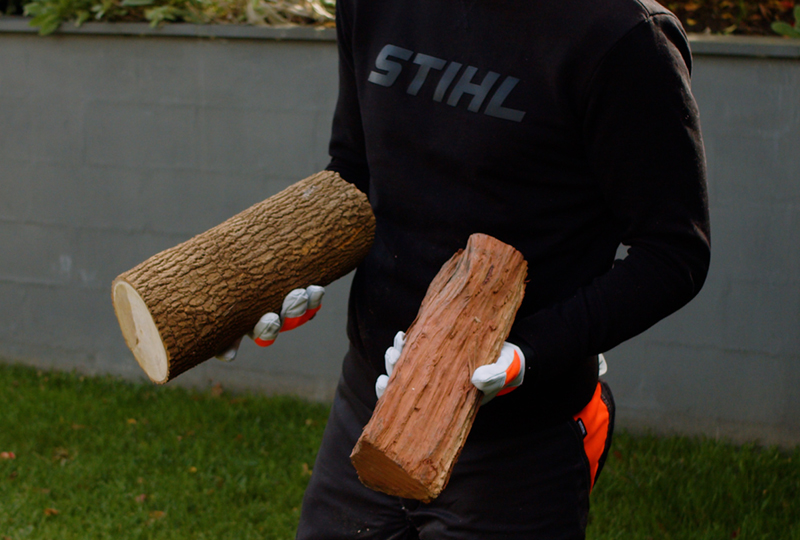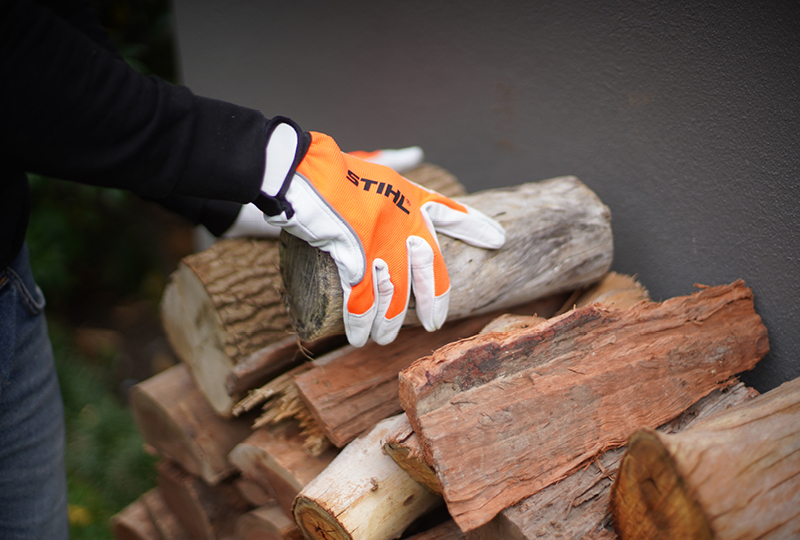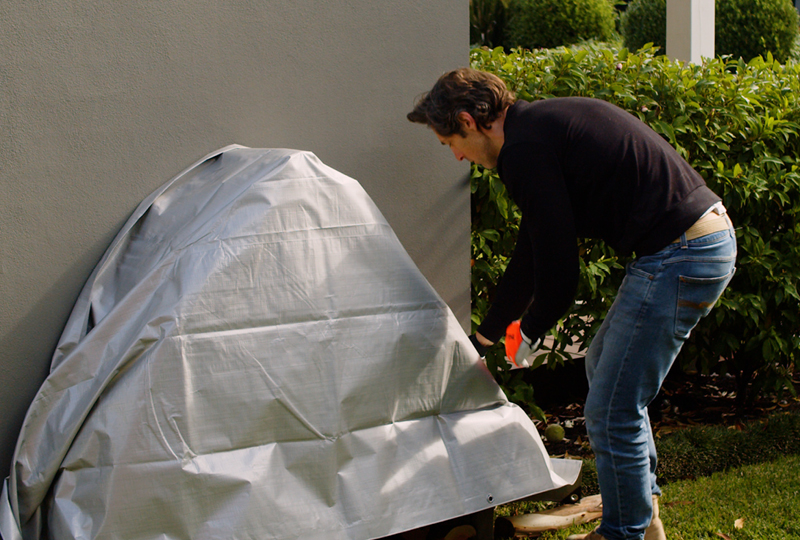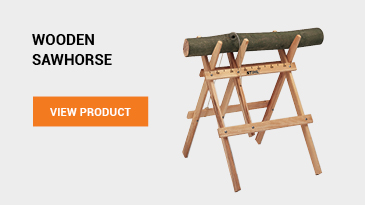How to store your firewood
The perfect burn starts with how you store your firewood, to make sure they free from mould and moisture before you use them. Keeping your logs in the best possible condition will give you maximum heat through the winter and protect your fireplace from damage. Here are my top tips for a warm, long lasting burn all season long.
WHEN TO START
Dry time can take anywhere from six months to two years, so collecting firewood is a year round task, and not one you want to leave to do just before Winter. Adding to your woodstack regularly will ensure you’re well stocked for the cooler weather as it arrives.
Using dead limbs and fallen branches where possible will reduce dry time significantly, so if you are new to burning wood as a source of heat for your home or are simply unprepared, have a scout around the backyard to see what you can find.
WHAT IS THE OPTIMIAL SIZE FOR FIREWOOD?
Bigger is not always better when it comes to firewood. Larger logs hold on to moisture and take twice as long to dry out. Wood harbouring moisture will produce a lot of soot and smoke, and can actually damage your fireplace. As a guide, if it is too big to hold in one hand, then it is too big for burning. 6-8 inches in diameter is a good guide to follow.

When it comes to length, there are two things to consider; the size of your fireplace, and the size of the area you are going to store it. Measure both of these areas before you get cutting to save you doing the same job twice.
LOCATION MAKES ALL THE DIFFERENCE
Where you store your firewood will make all the difference when it comes time to actually use it. For convenience, near your front door is the most obvious choice to avoid long treks through your garden late at night, especially if it is pouring with rain. If you are lacking space near your front door, consider a smaller storage pile inside, which can be topped up with logs from a larger pile kept elsewhere. Just remember to top it up regularly!
Avoid storing your wood up against other wood, such as weatherboards and fences, as this can lead to a nasty termite problem! Free standing or against concrete or bricks is the safest option. Lastly and most importantly, wood should always be stored undercover and as a far away from potential exposure to moisture as possible.
KEEP IT COVERED
If you are struggling to find a space big enough to house all of your firewood, a waterproof sheet to cover your pile will do the trick. Before you do this, however, make sure the base of your woodpile is suitable. If the logs at the bottom of your stack are sitting on soil, they will never dry out, no matter how little rain you have. A layer of bricks or pavers between the ground and your logs is a quick solve.
Your logs also need sufficient airflow to facilitate the drying process. They will never be ready for burning if they are packed tightly up against each other or hard up against a wall. The better the airflow, the quicker the drying process and the better the burn. If you are going down the path of using a waterproof sheet or tarp, make sure the sides are left uncovered to allow air to flow through the logs.
HOW TO TELL WHEN YOUR LOGS ARE READY FOR BURNING
Without physically seeing the inside of your logs of wood, it is almost impossible to be certain that they’re ready for burning, but there are a few indicators to look out for.
Firstly, once your wood is ‘dead’, like anything, it will lose its vibrant colour. So if it’s faded, it is most likely nice and dry, and ready to go. If your wood feels soft, it will still be damp inside. Wood becomes very hard once it’s lost all of its moisture. When stacking, keep an ear out for the sound your logs make when chucked on top of one another. Dry wood will sound hollow, whereas wet wood will make a heavy thud sound. Feel the weight of your wood; if it is heavy, it is harbouring moisture. If it is nice and light, it is dry.






